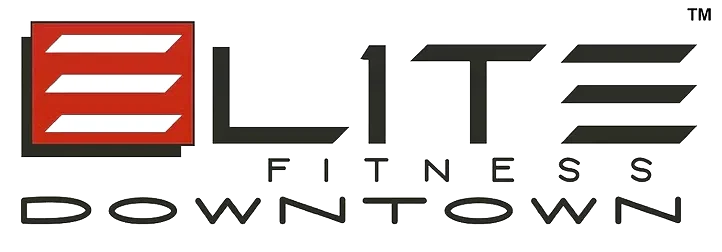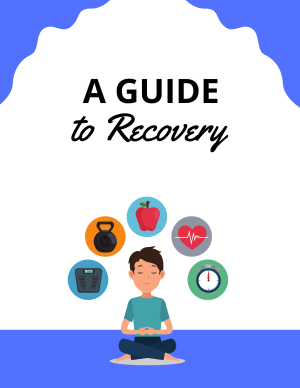Many of us take recovery for granted, whether post-workout or rest days. Finishing a workout, the last thing you want to do is stay longer and do stretches. As with days off, we sometimes need to remember how easy it is to assist in healing our bodies. The failure of recovery can cause many issues, including maintaining proper energy levels, body soreness, and, most importantly, affecting muscle growth. Below are some tips that have been proven to help:
1. Stretching
To ensure your muscles are ready for the next workout or even the next day, we must relax them properly. Before going any further, we must first know the difference between our stretches, dynamic and static.
Dynamic stretches are the ones that we do to prepare for our workout. Regarding which muscle groups you work out for that session, you would do stretches that mimic those movements. On a lower-body day, we can do bodyweight lunges or squats for several repetitions; for an upper-body day, we can do band pull-apart or arm circles.
Upper-Body Workout
1. Arm Circles
2. Scapular Wall Slides
3. Thoracic Extensions
4. Band Pull-Aparts
5. Pushups
Lower-Body Workout
1. Leg Pendulums
2. Walking Lunges
3. Walking Groin Stretches
4. Hip Circles
5. Bodyweight Squats
Static stretches are the opposite of dynamic in the sense that these are held for about 45-60 seconds rather than repetitions. These are recommended to be done after a workout as more of a relaxation/ recovery method. It prevents muscle stiffness and allows those muscles to realign, allowing them to experience the full range of motion. Below are some examples of static stretches:
Upper-Body Workout
1. Elbow Above Head
2. Rotator Cuff Stretch
3. Chest Opener
4. Childs Pose
5. Thoracic Rotation
Lower-Body Workout
1. Butterfly
2. Lotus
3. Sit and Reach
4. Half Kneeling Heel to Glute
5. Pigeon
2. Hydration
As you might often hear, a key to a healthy lifestyle is to drink a lot of water. It is vital that we replenish the liquids we lose during our workout through sweat to improve our overall health. Some benefits of replenishing your body are regulating body temperature, helping get rid of waste products, and can help reduce headaches and migraines.
Dehydration can lead to some severe issues. In simple terms, dehydration is when your body loses more water than it takes in, which results in the body’s inability to complete everyday tasks. Some symptoms can also include headaches, dizziness, sleepiness, and even low blood pressure. Although it is essential to drink plenty of liquids, not all beverages are good for you. The obvious is soda or anything sugary, caffeinated, and alcoholic drinks. Low-sugar sports drinks are an excellent option to replenish electrolytes; a good recommendation would be Electrolyte or Pedialyte. Green or black
teas are also a great option if you want to reduce the amount of caffeine.
3. Home remedies
The main home remedy one can do is to have a healthy diet and make sure to eat plenty of protein to help build muscle and eat carbs to regain the energy we lost and gain more. If you need an example of a diet plan, check out one of our other blogs.
I like foam rollers, either at the gym or at home. Foam rollers are cheaper and should be a staple to recovery. Studies show that foam rolling for at least three days a week can show benefits, such as reduced muscle inflammation, increased blood flow, and an increased range of motion.
Sleep, although often overlooked, is one of the most vital parts of recovery. With proper rest, we can improve our exercise performance by giving our muscles time to recover and strengthen our coordination and reaction time. It can also help us increase productivity, improve our memory, and even prevent weight gain.
A final option we can look into is Epsom salts baths, which can help with soreness, pains, and swelling, and has been shown to help with Fibromyalgia which is a condition that makes muscles, ligaments, and tendons hurt. In addition, we can take cold showers; while hot showers are far more comfortable, they each positively affect our bodies.
The bottom lineWhile working out, we need to make sure we do not overexert ourselves, and it inessential to switch between high-intensity and low-intensity workouts and listen to what our body tells us. Following a post-workout routine is crucial, and we have to treat it the same as a diet or workout plan.

